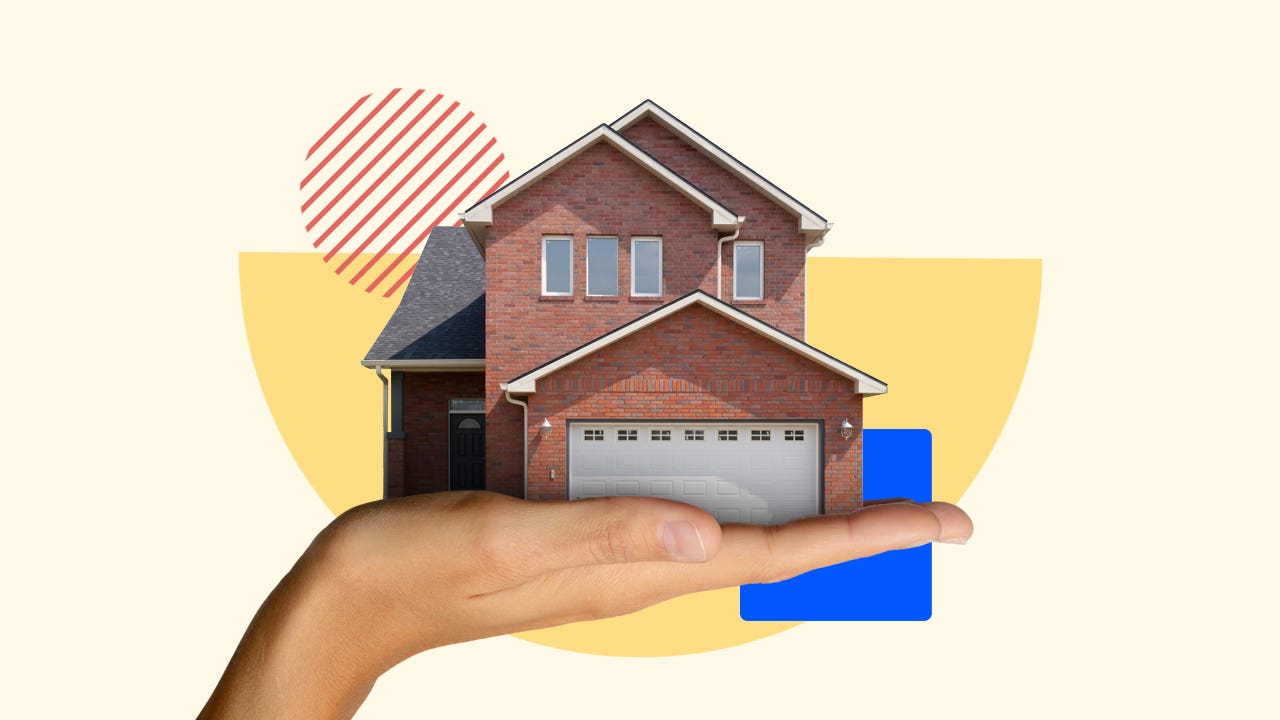Safety Considerations in Building Design
In the realm of architecture and construction, ensuring safety is paramount. The well-being of occupants and visitors hinges upon effective design choices and meticulous planning. This article explores various aspects of building safety guidelines, focusing on how thoughtful design can significantly enhance safety in architectural spaces.
Understanding Building Safety Guidelines
Before delving into the specifics of designing for safety, it is crucial to grasp the essence of building safety guidelines. These regulations are established to safeguard human life, health, and welfare within buildings. They encompass a wide range of factors, including structural integrity, fire safety, accessibility, and environmental considerations. Adhering to these guidelines not only ensures compliance with legal standards but also fosters a culture of safety within the construction industry.
For instance, understanding local building codes is fundamental. These codes dictate everything from the materials used to the structural components of a building. By familiarizing oneself with these regulations, architects and designers can make informed decisions that prioritize safety from the very beginning of the design process.
Designing for Safety
The principle of designing for safety integrates various elements that contribute to a secure environment. One of the most critical components is the architectural layout. Effective space planning can mitigate risks by creating logical flow paths that facilitate evacuation in emergencies. Open floor plans, wide corridors, and clearly marked exits can dramatically reduce chaos during a crisis, enhancing occupants’ safety.
Furthermore, the strategic placement of windows and doors plays a vital role. Ensuring that entrances are well-lit and easily accessible can deter potential intruders and create a welcoming environment for residents and guests alike. Additionally, utilizing durable materials for these features can withstand wear and tear while providing security against external threats.
Key Safety Considerations
When contemplating key safety considerations in building design, various factors come into play. One of the foremost is fire safety. Implementing fire-resistant materials, smoke detectors, and sprinkler systems are essential steps in safeguarding lives and property. Fire-rated doors and compartmentalization can limit the spread of flames and smoke, providing crucial time for occupants to evacuate safely.
Moreover, natural disaster preparedness is becoming increasingly important in modern design. Depending on the geographical location, buildings should be equipped to withstand hurricanes, earthquakes, or floods. For example, in flood-prone areas, elevating structures and employing proper drainage systems can significantly reduce the risk of water damage and loss of life. Similarly, seismic design principles, such as base isolators and reinforced structures, can enhance a building’s resilience against earthquakes.
Another critical consideration is accessibility. The Safety in Architectural Design principles necessitate that buildings be inclusive for individuals with disabilities. Incorporating ramps, wide doorways, and elevators ensures that everyone, regardless of mobility, can navigate the space safely. Additionally, clear signage and tactile indicators can assist those with visual impairments, fostering an environment of safety and inclusivity.
Safety in Materials Selection
Material selection is an integral part of ensuring safety in building design. Choosing non-toxic, sustainable materials not only benefits the environment but also contributes to the well-being of occupants. For instance, low-VOC (volatile organic compound) paints and finishes improve indoor air quality, reducing health risks associated with chemical exposure. Similarly, utilizing materials that are resistant to mold and moisture can prevent health hazards and enhance the overall longevity of the structure.
The aesthetic aspect of a building should never compromise safety. Beautiful designs can still adhere to safety standards by employing innovative solutions. For example, glass railings provide a modern look while ensuring compliance with safety regulations when properly designed and installed.
Creating a Safety Culture
Safety is not solely the responsibility of architects and builders; it extends to everyone involved in the construction and occupancy of a building. Fostering a culture of safety involves educating all stakeholders, from contractors to end-users. Regular training sessions on safety protocols and emergency procedures can empower occupants to act confidently in the face of danger.
Moreover, conducting periodic safety audits and inspections can help identify potential hazards before they escalate. This proactive approach encourages ongoing dialogue about safety and ensures that everyone remains vigilant in maintaining a secure environment.
Conclusion
Incorporating building safety guidelines into the design process is not merely a legal obligation; it is a moral imperative. By prioritizing safety in architectural design, professionals can create spaces that not only meet aesthetic standards but also protect lives. From understanding the nuances of designing for safety to recognizing key safety considerations, each element contributes to a comprehensive approach to safety in building design.
Ultimately, the goal is to create environments where people feel secure and comfortable. Through thoughtful design choices, material selection, and a commitment to safety culture, the architectural community can ensure that every building is a sanctuary for its occupants. Emphasizing safety today will pave the way for a more secure tomorrow in the world of construction and design.





